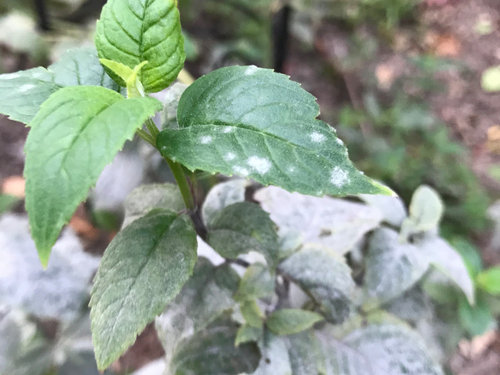

Fungicides must be applied to healthy green tissue early in the growing season before infection begins.If you must use fungicides, follow these guidelines: Powdery mildew easily infects this lush growth.įungicides should only be used to protect high-value plants that cannot be replaced and have a history of severe infection. Don’t use too much nitrogen because it may cause the plant to produce new young, green growth.Apply fertilizer according to soil test results or as required by the particular plant species.Mulch the soil around the plants with wood chips or other organic mulch.This increases airflow and light throughout the plant. When planting, space the plants to allow adequate air circulation through them.Look for powdery mildew resistant varieties in seed catalogs, on seed packages and on plant labels. Powdery mildew resistant varieties are available for some flowers.Replace severely infected plants with a resistant variety or with a plant from a different family.Tolerate powdery mildew infections that don’t reduce plant growth and flowering.
BEE BALM PLANT LOOKS LIKE MILDEW HOW TO
Powdery mildew on sunflower leaves How to manage powdery mildew No management necessary

Unlike other leaf spot fungi, powdery mildew fungi don’t need moisture on the leaf from rain or dew to infect.Once a spore lands on a host plant, it will quickly germinate and start a new infection.Powdery mildew spores are easily carried by the wind to neighboring plants or to plants hundreds of miles away.Powdery mildew is caused by a group of related fungi in the Erysiphaceae family.


 0 kommentar(er)
0 kommentar(er)
